Say Goodbye to the Food Guide Pyramid
This is one part of a series of blog posts related to the Thrive Healthcare Impact Fund by Thrive fellow Pamela Dow, MS, PHR, SHRM-CP.
Remember the Food Guide Pyramid?
Depending on which decade you grew up in, you may be familiar with the Food Guide Pyramid, MyPyramid, MyPlate, the Healthy Eating Pyramid, or the Healthy Eating Plate. While each of these resources has been used interchangeably throughout the years, these resources can serve different functions. The Food Guide Pyramid was first introduced by the U.S. Department of Agriculture in 1992 and quickly become a recognizable food resource for everyone. It was replaced by MyPyramid in 2005 and later by MyPlate in 2010 (USDA, 2014). These resources were ultimately replaced as research was updated. For example, the original Food Guide Pyramid assumed that all grains were created equal, i.e. refined grains are not as healthy as whole grains (Harvard, n.d.a.). Three different resources will be discussed in this blog: Healthy Eating Pyramid, Healthy Eating Plate, and MyPlate. Each of these resources includes five food groups and each serves as a complement to one another (USDA, 2021a; Harvard, n.d.a.).
The Healthy Eating Pyramid and the Healthy Eating Plate
The Harvard School of Public Health is an excellent resource for defining how to use the Healthy Eating Pyramid and the Healthy Eating Plate. The Healthy Eating Pyramid was developed beginning in 2008, after the confusing MyPyramid had recently been replaced by MyPlate. The Healthy Eating Pyramid contains the core elements of the original Food Guide Pyramid, but aims to educate and clarify these core principles. For example, the bottom of the pyramid emphasizes the importance of daily exercise and weight control. Additionally, it emphasizes whole grains (refined grains have been moved to the very top with red meat, butter, and sugar) and specifies what these whole grains are. While nuts/seeds, fish/poultry largely remain the same, the Healthy Eating Pyramid has an Optional section, including alcohol in moderation (not for everyone) and daily multivitamins and extra vitamin D (for most people). Given the increasing amount of time that people are spending indoors, it is thoughtful to include information about Vitamin D supplementation (Harvard, n.d.a).
The Healthy Eating Plate and MyPlate
Next, the Healthy Eating Plate and MyPlate. While Harvard recommends treating the Healthy Eating Pyramid like a grocery shopping list, the plated alternatives are recommended for daily use. The plate, in general, is an excellent visual aid for how your plate should look while eating, creating the appropriate balance among the food groups. Though the plates are largely similar, the Harvard School of Public Health points out key differences. The main difference is the specificity of the information. Harvard emphasizes the healthiest alternatives, while the MyPlate emphasizes the type of food only (whole grains vs. grains, healthier protein sources vs. all protein sources) (Harvard, n.d.b.). Additionally, 100% fruit juice and dried fruits (which may be loaded with sugar) counts as a fruit serving on MyPlate (USDA, 2021b).
Wrap-Up
There are several resources readily available today (thanks to the internet!) that can aid consumers in making healthy food choices. While the eating pyramids and plates are good general advice, they may not be appropriate for everyone, and as always, it is best to consult your healthcare provider about your specific health, dietary, and physical activity needs.
Resources:
Harvard School of Public Health Healthy Eating Pyramid: https://www.hsph.harvard.edu/nutritionsource/healthy-eating-pyramid/
Harvard School of Public Health Healthy Eating Plate: https://www.hsph.harvard.edu/nutritionsource/what-should-you-eat/protein/
USDA MyPlate: https://www.myplate.gov/
References:
Harvard T.H. Chan School of Public Health (n.d.a.). The Nutrition Source: Healthy Eating Pyramid. https://www.hsph.harvard.edu/nutritionsource/healthy-eating-pyramid/
Harvard T.H. Chan School of Public Health (n.d.b.). Healthy Eating Plate vs. USDA’s MyPlate. https://www.hsph.harvard.edu/nutritionsource/healthy-eating-plate-vs-usda-myplate/
U.S. Department of Agriculture (August 3, 2021a). Back to Basics: All About MyPlate Food Groups. https://www.usda.gov/media/blog/2017/09/26/back-basics-all-about-myplate-food-groups
U.S. Department of Agriculture (2021b). Fruits. https://www.myplate.gov/eat-healthy/fruits
U.S. Department of Agriculture Food and Nutrition Services (March 20, 2014). Archived: Food Guide Pyramid. https://www.fns.usda.gov/FGP
About the Author
Pamela Dow Ruth, MS, PHR, SHRM-CP is an experienced clinical research professional with a background in human resources, higher education, health administration, medical writing, and strategic planning. Pam is earning her PhD in Public Affairs – Health Services Management & Research at the University of Central Florida. She previously served as the 2021 Central Florida Foundation’s Thrive Healthcare Fellow. Additionally, Pam is the proud recipient of the Gerald-Mark Breen Memorial Scholarship and the Reuel Buchanan Aspire To Inspire Scholarship.
